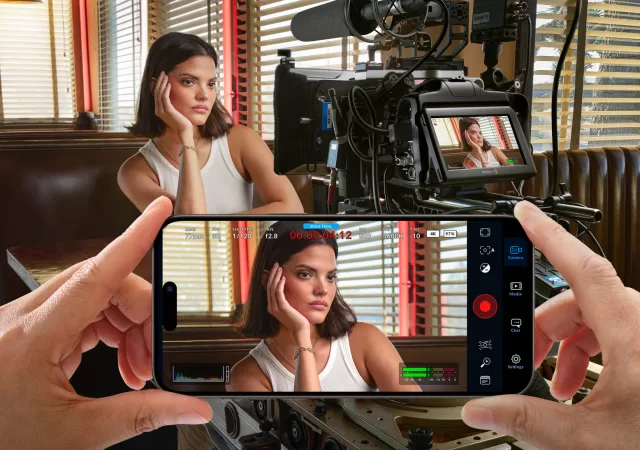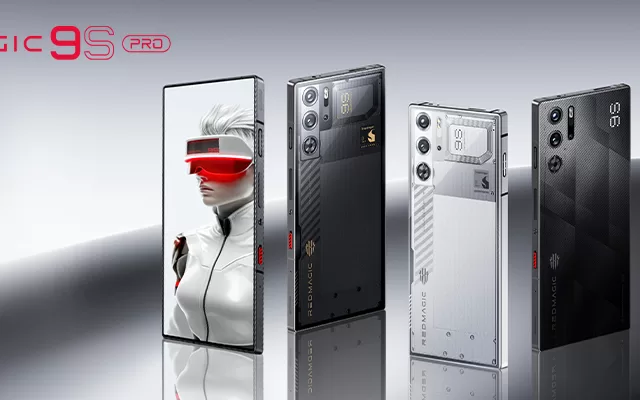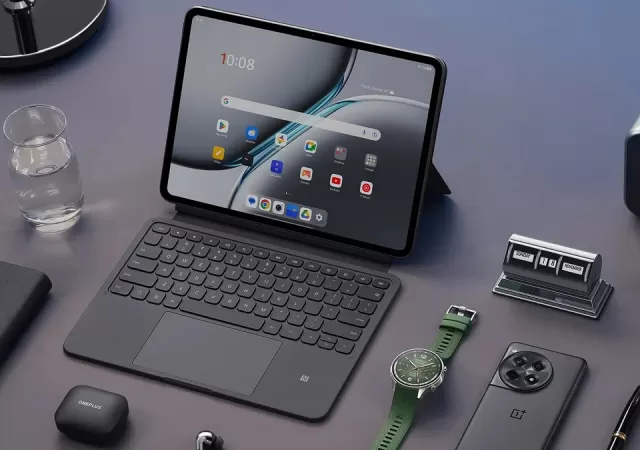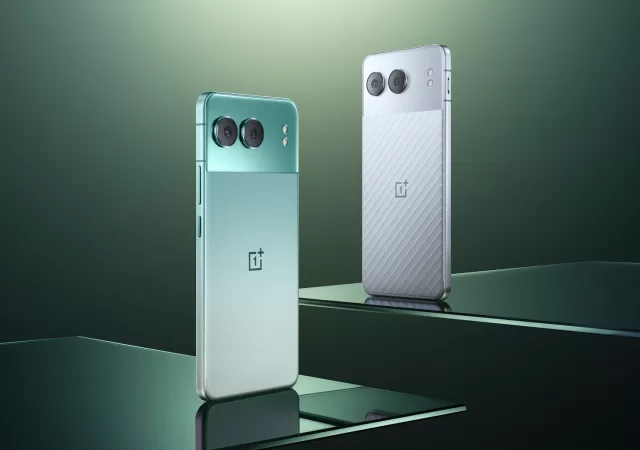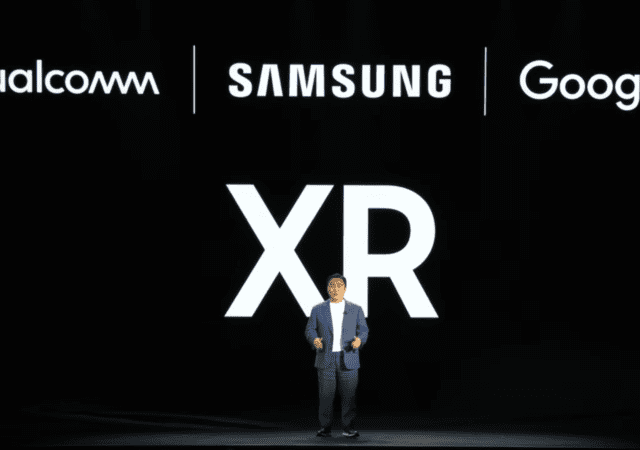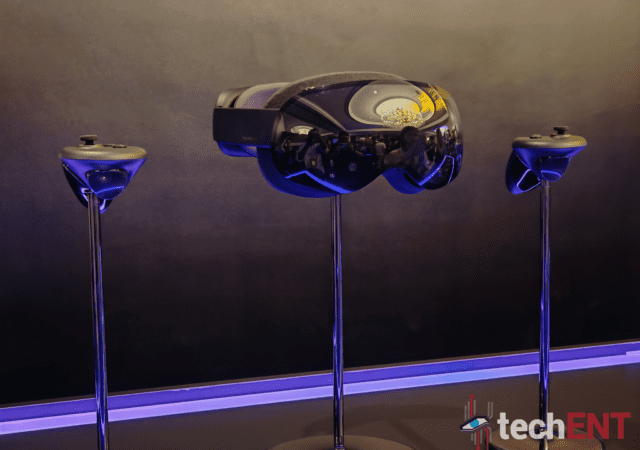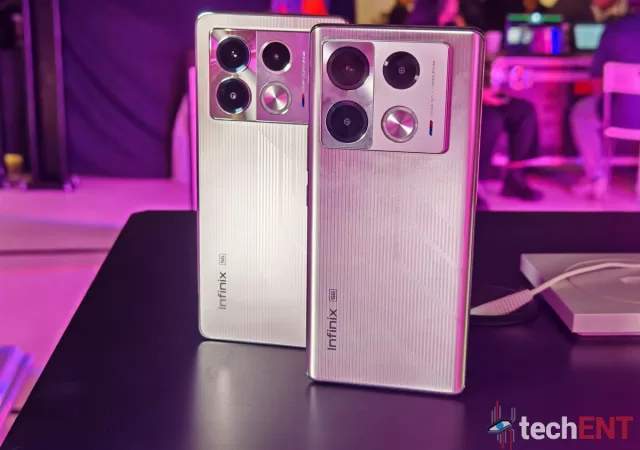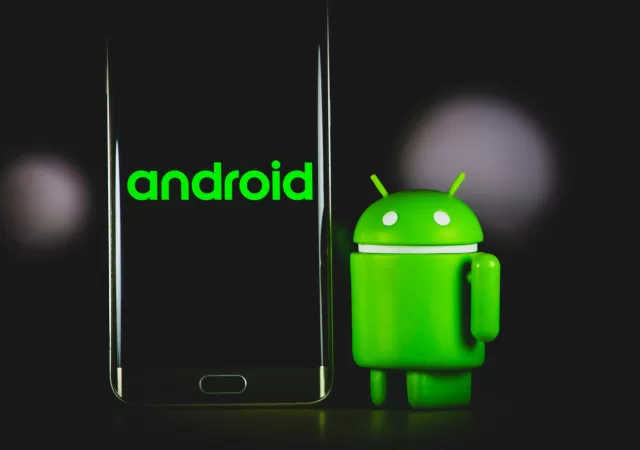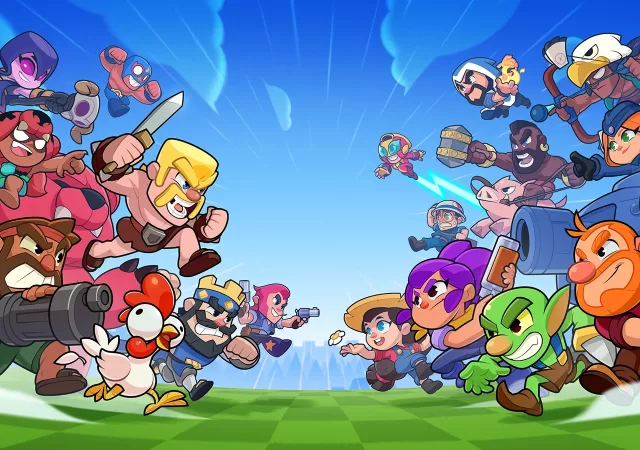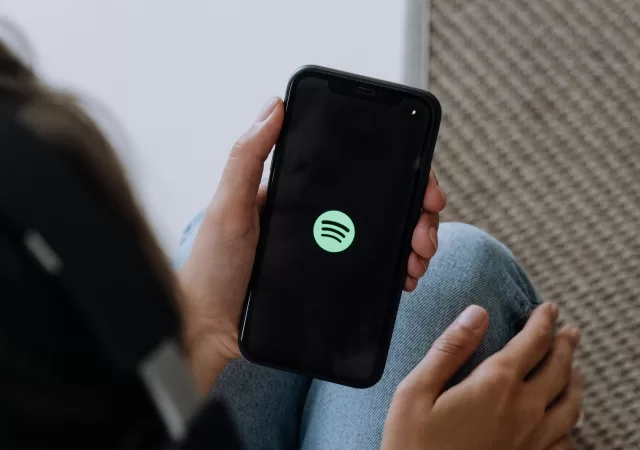BlackMagic Design brings its robust camera app to Android with select smartphones getting fully supported for the next level of content creation on mobile.
REDMAGIC 9S Pro – A Gaming Beast Unleashed in Malaysia
Redmagic announces its latest gaming smartphone – the REDMAGIC 9S Pro equipped with the latest specs for the best gaming experience.
OnePlus Pad 2 Heats Up the Android Tablet Market
OnePlus is heating up the Android tablet scene with its flagship OnePlus Pad 2 that comes with all the bells and whistles for a productivity powerhouse.
OnePlus Nord 4 Unveiled: A Mid-Range Contender with a Premium Feel
OnePlus unveils its brand new midrange hero – the OnePlus Nord 4 breaking conventions and supercharging it with the Snapdragon 7+ Gen 3.
Samsung Is Gearing Up for an XR Headset in the near Future
Samsung teases an upcoming collaboration with Google that will bring a new XR headset to rival the Apple Vision Pro.
Play For Dream MR Takes on Apple’s Vision Pro at a Lower Price Point
Play for Dream Technology, a mixed reality company currently based out of China, is taking Apple’s Vision Pro head-on with its new Play for Dream MR. The new mixed reality headset is not only bringing a lot of the features…
Infinix Collaborates with BMW Designworks for a High-Speed Edition of the Note 40 Series
Infinix collaborates with BMW Designworks for a special Racing Edition of its midrange hero the Infinix Note 40 Series.
Android Gets Smarter: Seamless Connections and Easier Everyday Tasks
Hold onto your hats, Android users, because Google is rolling out a suite of impressive new features in its May 2024 update! This update focuses on enhancing user experience by making everyday tasks smoother and fostering a more connected ecosystem…
Supercell Busts a Move with Global Launch of Party Action Game “Squad Busters”
Supercell’s latest game – Squad Busters – is going global! Play as your favourite characters from Brawl Stars and Clash of the Clans as you take on the new Battle Royale.
Spotify Hits the Gas on Android App Icon Fix While Stepping on the Brakes for Car Thing
Spotify is finally fixing things when it comes to its Android icon and how its handled its discontinuation of its Car Thing Accessory.



